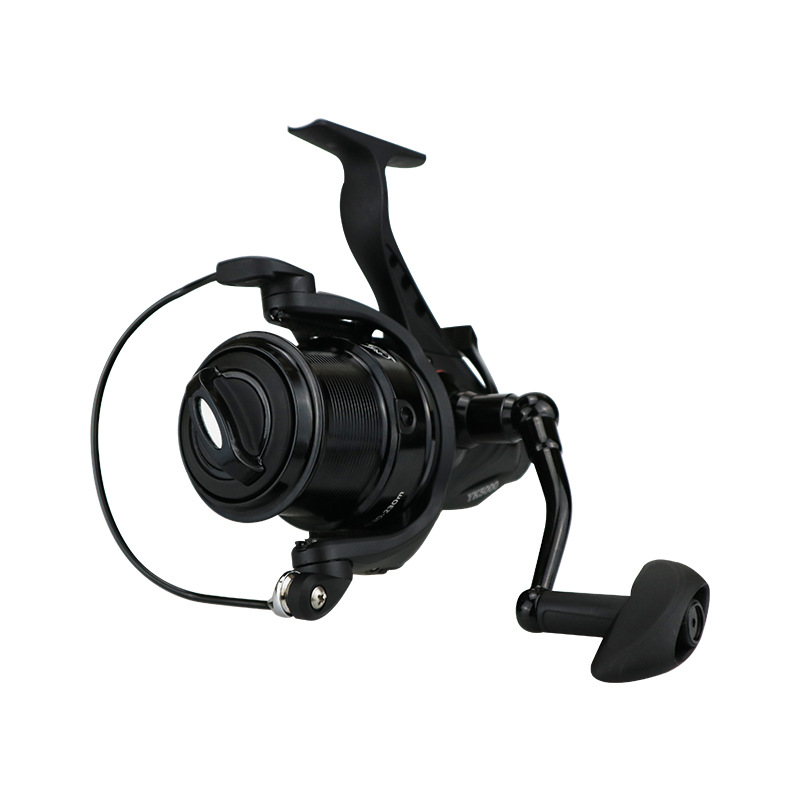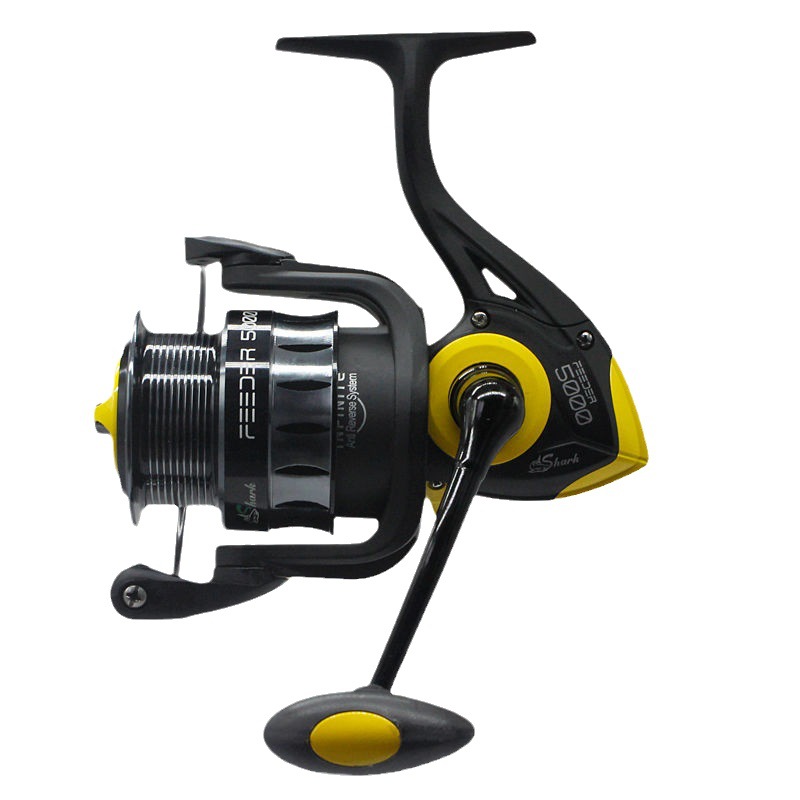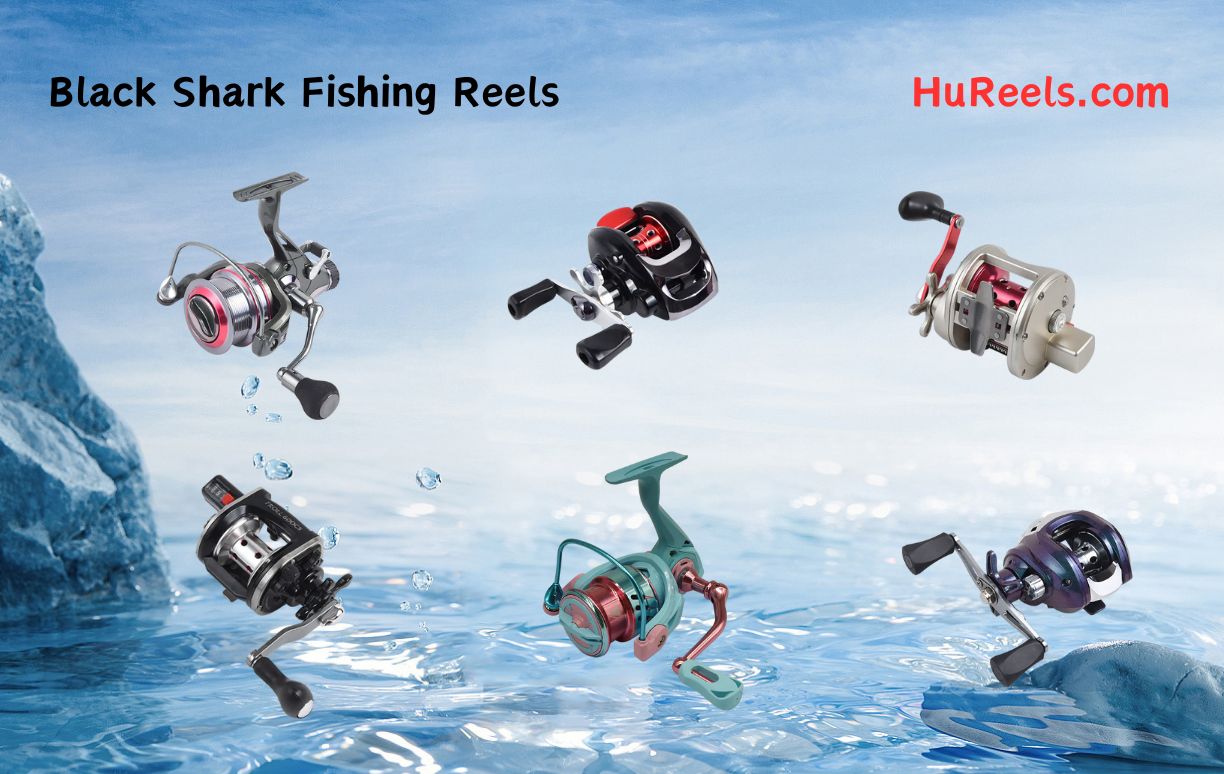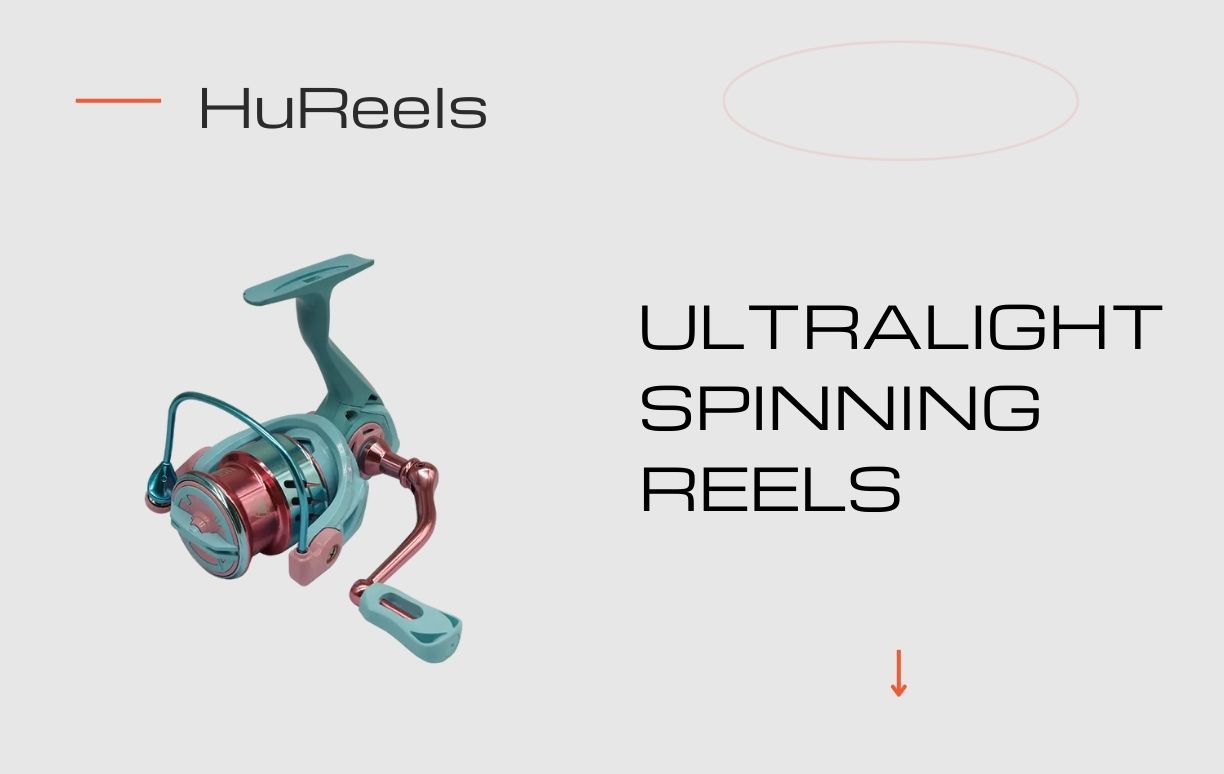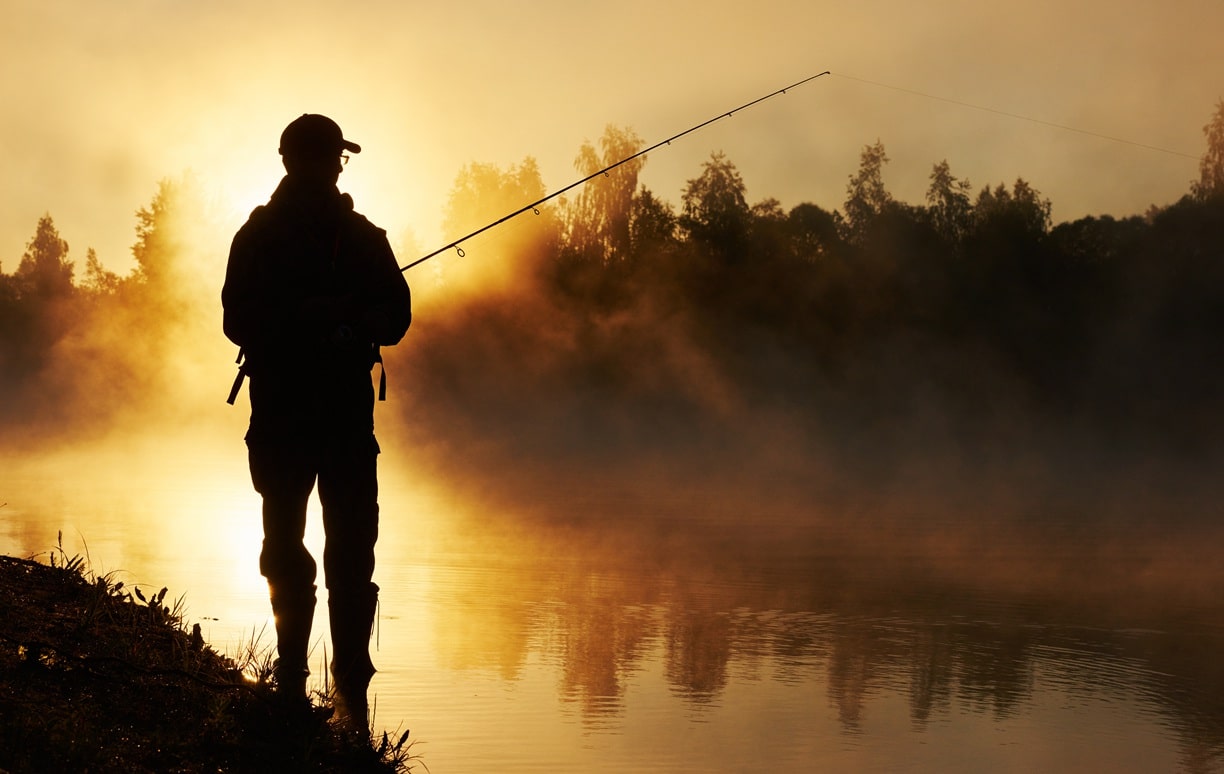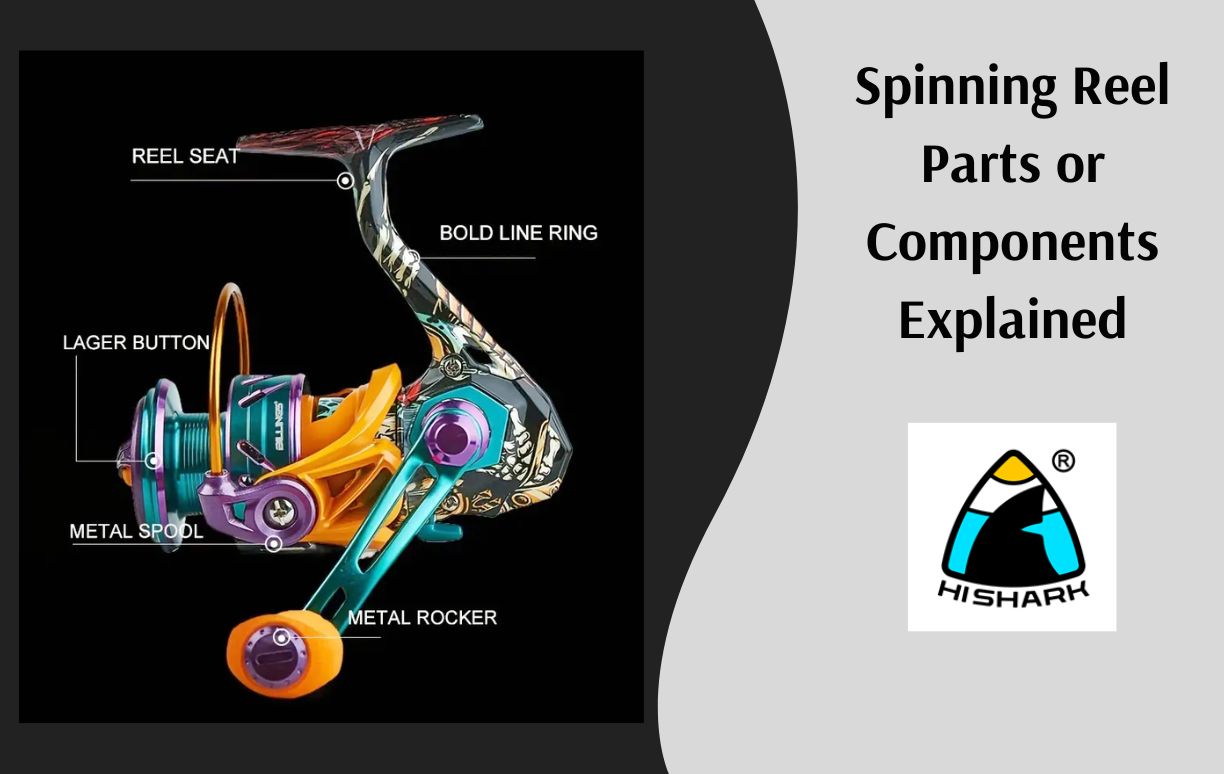A Spinning Reel Drag System Guide for 2024
A Spinning Reel Drag System Guide for 2024
August 29, 2024
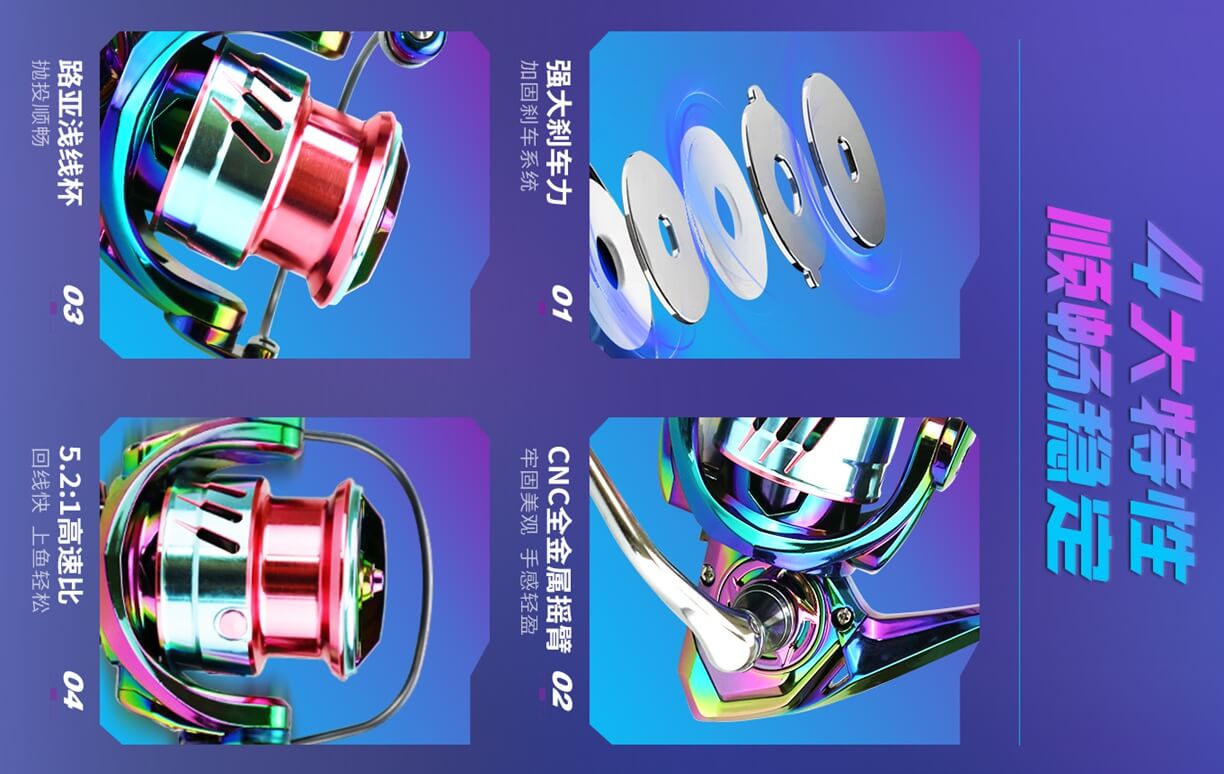
Understanding a spinning reel drag system is important
A spinning reel drag system is a critical component of a spinning fishing reel, designed to apply resistance to the fishing line when a fish pulls on it. This system helps to prevent the line from breaking by allowing it to spool out smoothly and under controlled tension, thus ensuring that the angler can maintain control over the fish during the fight.
the fundamentals of a spinning reel drag system
Before exploring how to adjust the drag system of a spinning reel, it is first necessary to understand the basic principles of drag force.
Drag is a key feature of spinning reels that allows the reel to automatically adjust the tension of the release when a fish pulls on the line to protect the line from being pulled, and it also helps the angler to better control the direction and strength of the fish.
The correct drag system setting allows the angler to be more relaxed when fishing for big fish, effectively avoiding line breakage or fish escape.
Categories and main parts
Spinning reels typically have two types of drag systems: front drag and rear drag. The front drag system, located on the spool’s front, is durable and offers higher drag capabilities, making it ideal for larger fish. Rear drag systems, positioned at the back of the reel, are easier to adjust, making them user-friendly for beginners.
Drag systems use washers made from felt, carbon fiber, or stainless steel to provide friction when the line is pulled. Adjust the drag by tightening or loosening a knob, which changes the pressure on these washers. Proper drag settings are crucial; too tight and the line may snap, too loose and the fish may escape. A well-functioning drag system ensures a smooth line release, aiding in successfully landing fish.
Choosing the Right Drag Setting
Adjust the drag of your spinning reel based on the situation. Tighten the drag for small fish to pull them in quickly. For larger fish, loosen the drag to reduce the risk of line breakage. This allows the fish to move and gives you more control, ensuring a safe catch.
Adjustment Technique of Drag Systems in Actual Fishing
Adjust the drag in real-time based on the fish’s reaction. When the fish pulls harder, relax the drag to let the line slide. As the fish’s force weakens, tighten the drag to control its movement.
If you encounter an obstacle in the water, immediately relax the drag to prevent the line from breaking. Always monitor the status of the line and reel. Adjust the drag system flexibly to increase your chances of a successful catch.
Maintaining the spinning reel to ensure the drag effect
Regular maintenance and inspection are essential to ensure that the spinning reel’s drag function is always in optimal condition. Make sure that the mechanical parts inside the spinning reel are clean and free of sand and that there is good lubrication between the parts.
If you notice any unusual sounds or poor operation, you should repair or replace the parts promptly. A best spinning reel can perform the drag operation more accurately, guaranteeing the angler’s safety and efficiency when facing big fish.
To summarize
Adjusting the spinning reel drag system is an important part of the fishing technique, especially when fishing for big fish. Correct understanding and use of drag systems can help anglers better control and cope with the pulling force of big fish and reduce the risk of line breakage or fish escape due to improper operation.
By choosing the right drag settings, utilizing real-world adjustment techniques, and keeping spinning reels well-maintained, anglers can be more confident and effective in meeting challenges in a variety of fishing situations. Remember, mastering the art of drag systems is one of the indispensable skills of every master angler.
